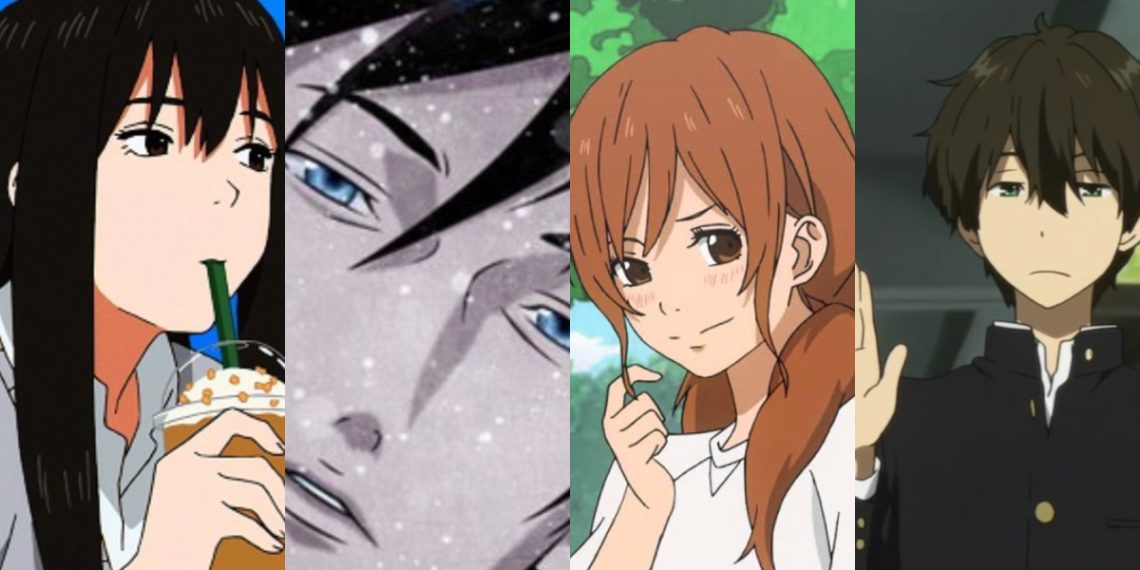In anime, the human experience of loneliness is often depicted in intricate and insightful ways. It transcends mere physical solitude, delving into the depths of the psyche.
Various anime narratives explore the myriad effects of loneliness, from tales of solitary exorcists traversing supernatural worlds to students grappling with newfound powers or simply yearning for companionship amidst the corridors of high school.
Among the diverse tapestry of anime, there exist gems of wholesomeness that radiate warmth and joy, leaving a lasting smile on the faces of viewers.
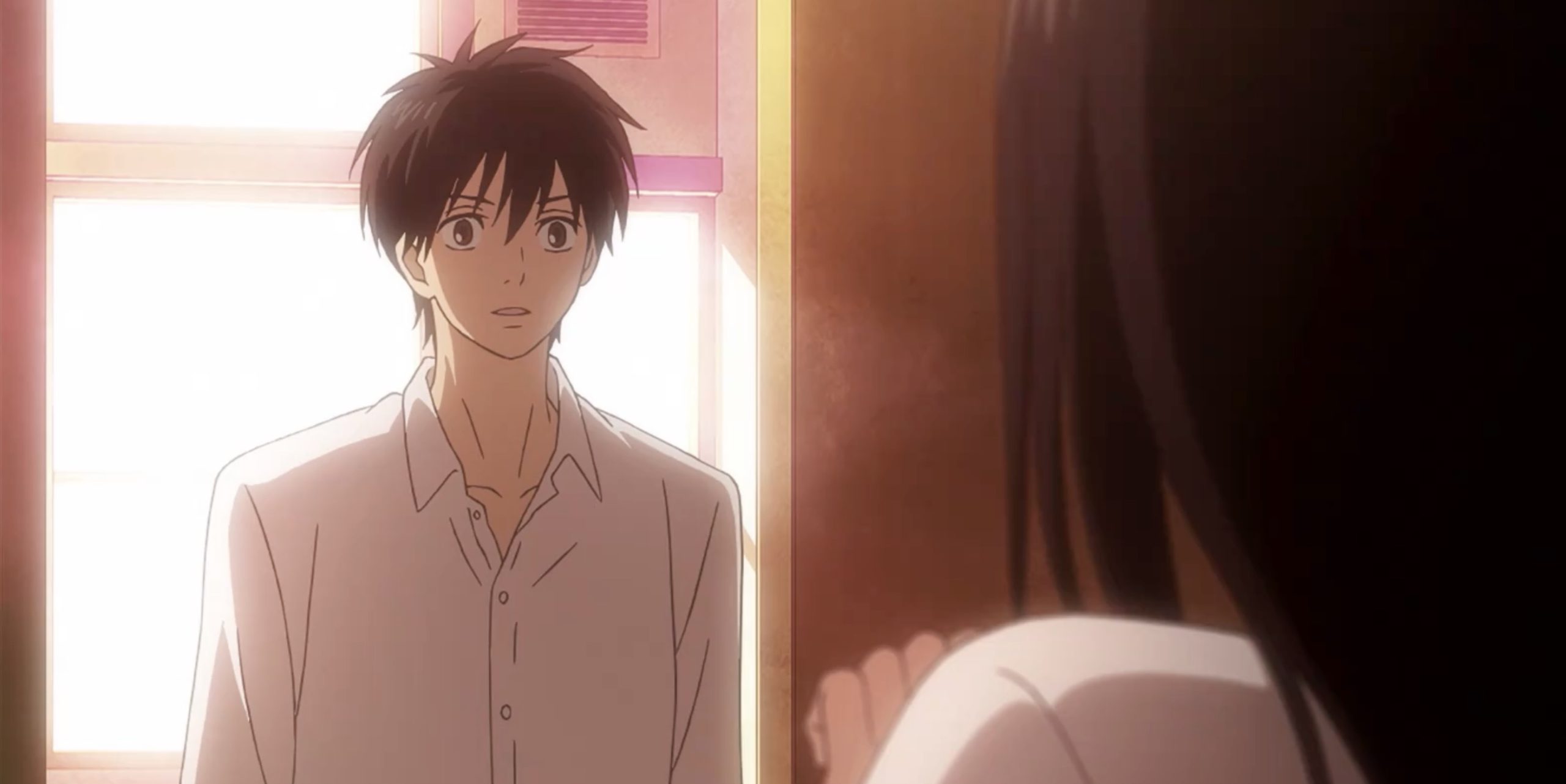
These wholesome anime not only entertain but also offer unique perspectives on loneliness. They present characters grappling with feelings of isolation, yet they also showcase resilience and the transformative power of human connection.
Through the lens of these shows, viewers witness not only the challenges of loneliness but also the hope and joy that can emerge from overcoming it. As characters forge bonds and find their place in the world, they inspire audiences to embrace the beauty of friendship, love, and belonging.
Sonny Boy And 9 Other Anime Series Based on Loneliness
Here is a list of the top 10 best anime series that depict loneliness.
10. Aoi Bungaku Series
The Aoi Bungaku Series stands as a testament to the enduring power of classical Japanese literature, offering a contemporary and innovative take on six timeless tales.
Across its 12 episodes, this anime weaves together heartfelt narratives of tragedy, depression, and solitude, delving into the depths of the human psyche and posing poignant existential questions that resonate with audiences across generations.
Each episode of The Aoi Bungaku Series serves as a poignant exploration of the human condition, as protagonists grapple with the tumultuous trials of life. From moments of profound despair to fleeting peeks of hope, the series captures the essence of human emotion with unparalleled depth and nuance.
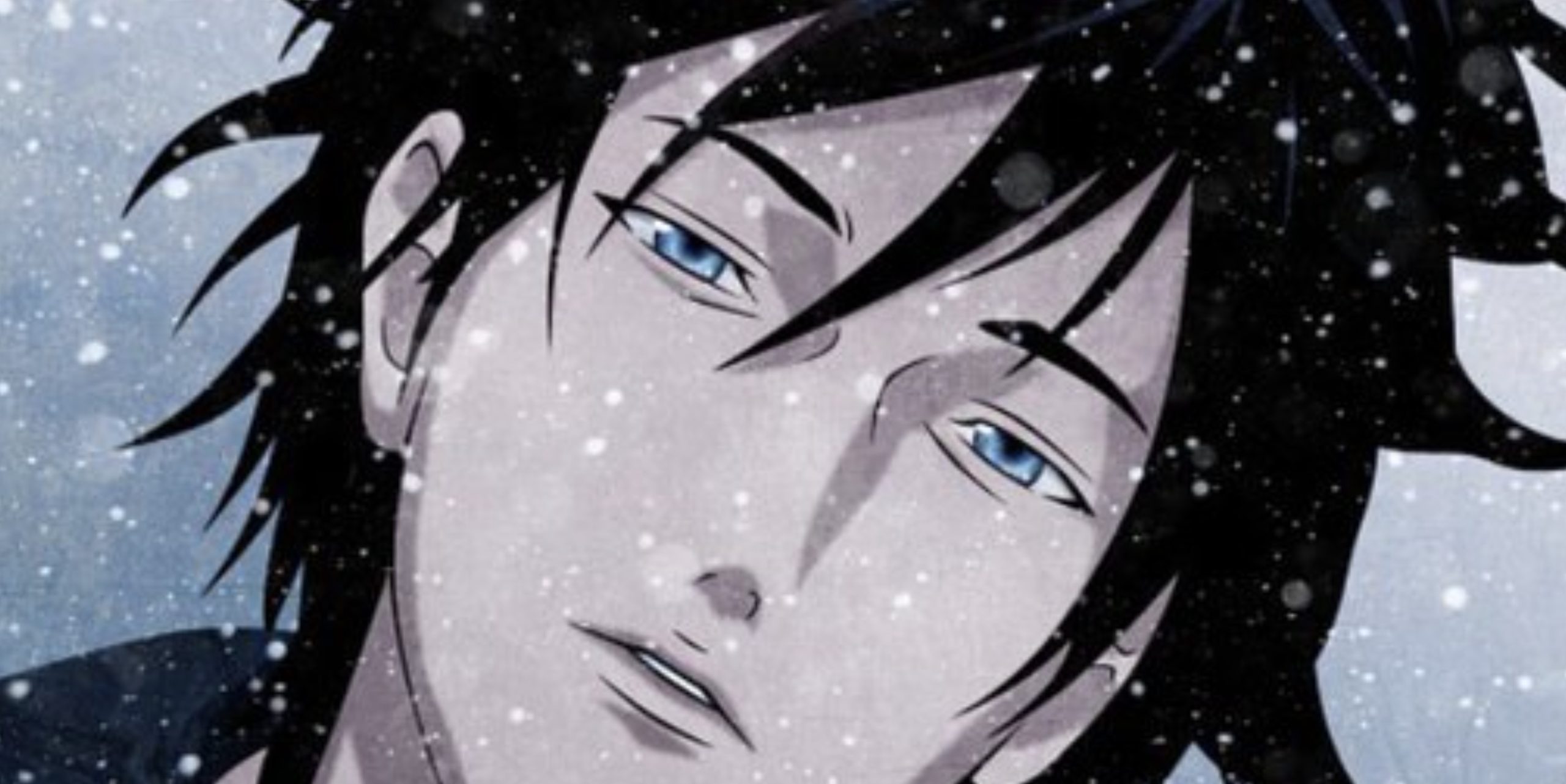
Among the stories brought to life in this anthology is “No Longer Human” by Osamu Dazai, a haunting portrayal of a young man named Oba Yozo who finds himself alienated from society.
Plagued by a sense of existential emptiness and a belief that he is fundamentally different from those around him, Oba’s journey is marked by despair, depression, and thoughts of suicide.
Drawing from the author’s own experiences, “No Longer Human” and the other tales featured in the series offer a stark and unflinching examination of the human psyche, inviting viewers to confront their own innermost fears and insecurities.
Through the medium of anime, The Aoi Bungaku Series breathes new life into these classic works of literature, infusing them with a modern sensibility and visual flair. Each episode serves as a testament to the enduring relevance of these stories, as they continue to resonate with audiences long after their initial publication.
9. Mushi-Shi
Set in a subtly altered rendition of Japan between the Edo and Meiji periods, Mushishi transports viewers into a world where the fabric of reality is interwoven with the presence of “mushi”—primal entities that defy conventional understanding.
Neither inherently good nor evil, these ethereal beings exist beyond the perception of most, yet wield profound influence over the natural world and those who inhabit it.
At the heart of Mushishi lies the introspective journey of Ginko, a tranquil and contemplative individual blessed with the rare ability to perceive and interact with mushi.
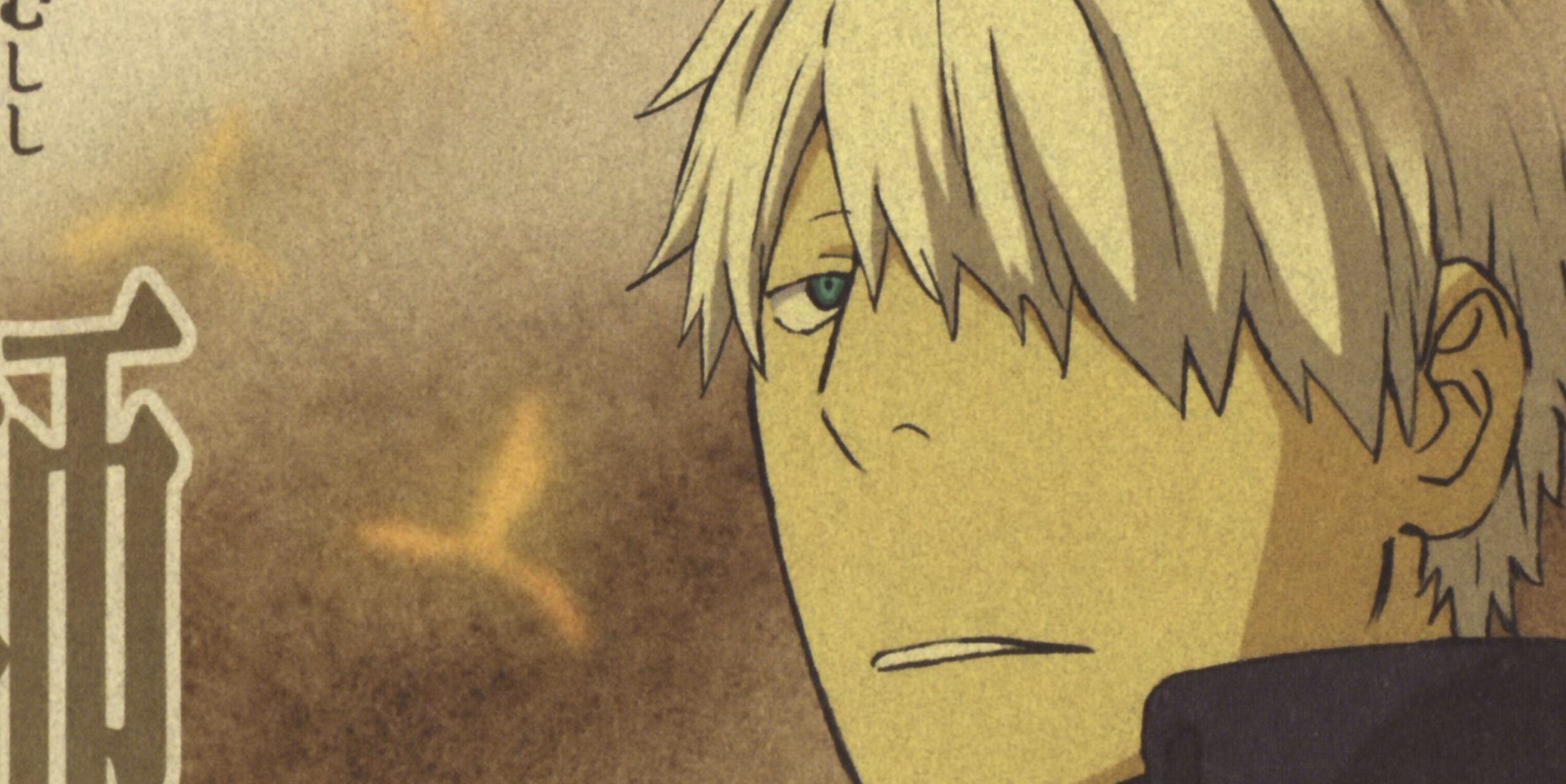
Roaming the serene countryside of Japan in solitary contemplation, Ginko devotes himself to unraveling the mysteries of these elusive beings. Unlike traditional exorcists, his approach is one of curiosity and empathy, seeking not to banish mushi but to comprehend their essence and mitigate the impact of their presence on human lives.
Mushishi is revealed as a serene and slow-paced exploration of the delicate balance between humanity and the unseen forces that shape their existence. Through Ginko’s encounters with those affected by mushi, viewers are treated to mesmerizing vignettes that showcase the profound interplay between the ethereal and the tangible.
Each episode serves as a poignant meditation on the interconnectedness of all life forms, as Ginko explores the complexities of human emotion and the boundless wonders of the natural world.
With its breathtaking animation and evocative storytelling, Mushishi offers an amazing peek into a world where the boundaries between reality and the unknown blur.
Through its tranquil pace and meditative tone, the anime invites viewers to ponder the mysteries of existence and the undercurrents of wonder that permeate the world around us.
8. Welcome To The N.H.K.
Drawing inspiration from Tatsuhiko Takimoto’s novel, Welcome to the N.H.K. invites viewers into the tumultuous Tatsuhiro Sato, a 22-year-old college dropout ensnared by the grip of hikikomori—a Japanese term covering the plight of social recluses.
Sequestered within the confines of his apartment for years, Tatsuhiro grapples with social anxieties and paranoid delusions, his mind ensnared by visions of a shadowy organization known as the N.H.K. (Nihon Hikikomori Kyokai), which he believes to be the orchestrator of his seclusion and the Hikikomori phenomenon plaguing Japan.
Amidst the haze of his delusions, Tatsuhiro’s solitary existence is disrupted by the unexpected arrival of a woman who takes a keen interest in his well-being.

With the assistance of one of Tatsuhiro’s high school acquaintances, she endeavors to pull him from the suffocating grip of his hikikomori lifestyle, igniting a journey fraught with challenges and self-discovery.
Welcome to the N.H.K. offers a compelling portrayal of mental health struggles, deftly interweaving elements of depression, social anxiety, and existential despair with a touch of dark humor.
Through its nuanced storytelling, the series sheds light on the complexities of the human psyche, delving into the depths of isolation and the quest for connection amidst the darkness.
As Tatsuhiro grapples with his inner demons and confronts the harsh realities of his existence, viewers are offered a peek into the transformative power of human connection and resilience.
Through laughter and tears, the characters explore the tumultuous terrain of mental illness, offering solace and hope to those who find themselves ensnared by similar struggles.
7. The Wallflower
Tomoko Hayakawa’s manga series serves as the foundation for the amazing anime, The Wallflower. At its core lies the story of Sunako Nakahara, a young girl who retreats into solitude and seclusion after enduring the harsh sting of rejection—being called “ugly” by the first person she confessed her feelings.
This pivotal moment sets the stage for a dramatic transformation in Sunako’s life, as she withdraws from beauty in all its forms, both within herself and the world around her.

Amidst this self-imposed exile, Sunako’s aunt intervenes, extending an invitation for her to reside in a luxurious mansion occupied by four handsome and popular high school boys. Tasked with the seemingly impossible mission of transforming Sunako into a refined lady befitting their elegant abode, the boys begin on a journey that transcends mere physical appearance, delving into the depths of self-esteem and acceptance.
The narrative of The Wallflower intricately weaves together themes of self-perception and personal growth as Sunako and the boys explore the complexities of their cohabitation.
Each boy embodies qualities that Sunako has come to despise, serving as a stark contrast to her own beliefs and values. Yet, through their interactions and shared experiences, they begin to bridge the gap between their disparate worlds, learning valuable lessons about acceptance, empathy, and the true nature of beauty.
As the story reveals, viewers are treated to a dynamic exploration of human relationships, as Sunako and the boys grapple with their preconceived notions and prejudices.
Through laughter, tears, and moments of introspection, they come to understand each other in ways they never thought possible, forging bonds that transcend superficial appearances.
6. Sonny Boy
Shingo Natsume brings forth the amazing anime series, Sonny Boy, which reveals a sudden and mysterious event: 36 students, along with their entire school building, are inexplicably transported to a strange dimension.
In the midst of this bewildering situation, they make a startling discovery—each possesses unique and extraordinary powers.
Amidst the backdrop of this surreal setting, Sonny Boy goes into themes of surrealism and science fiction within the framework of a coming-of-age narrative. As the students grapple with the bewildering circumstances thrust upon them, they are confronted with profound questions of identity, individuality, and the nature of reality itself.
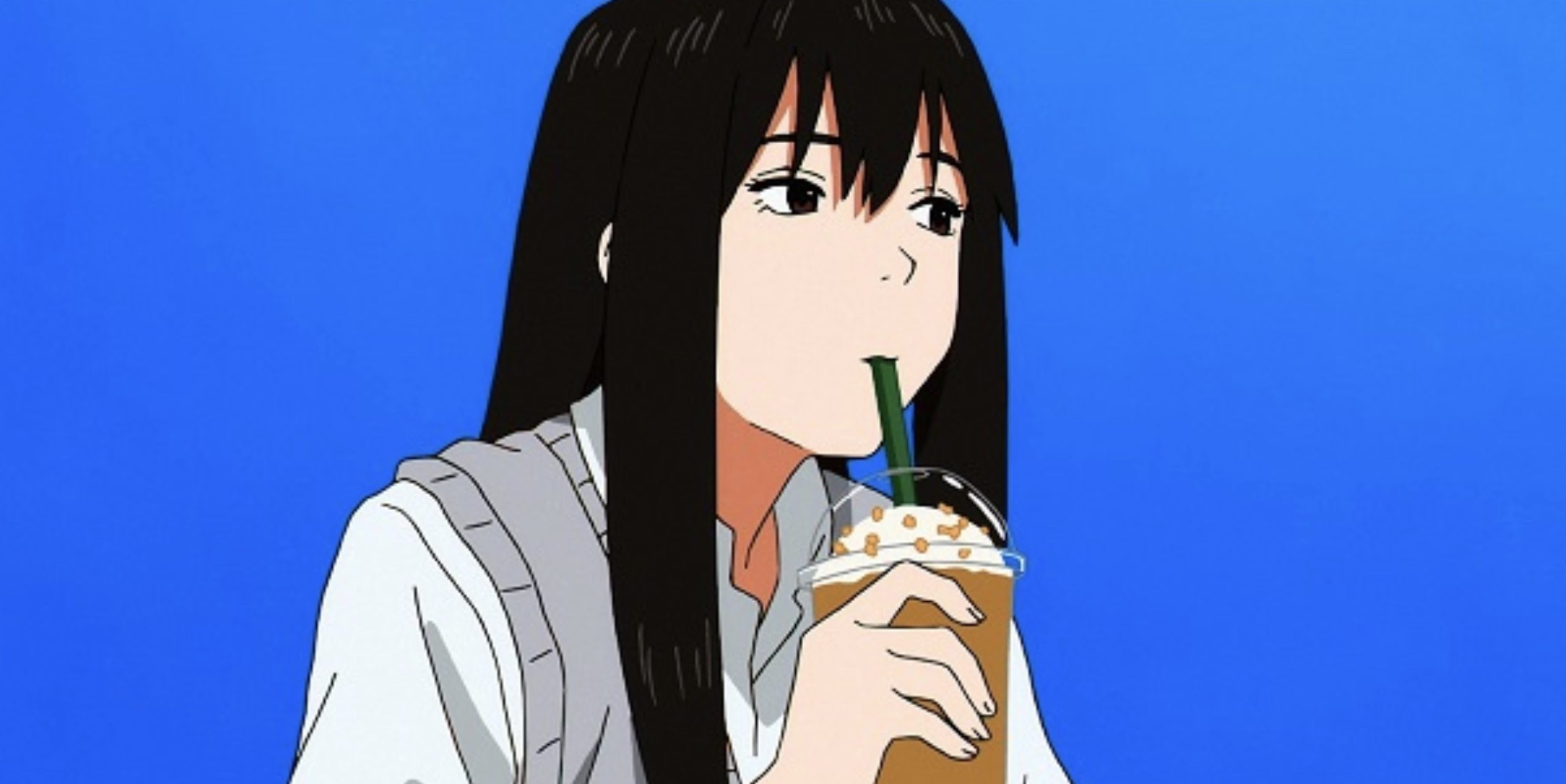
The narrative of Sonny Boy transcends mere genre conventions, offering a thought-provoking exploration of the human condition. Against the backdrop of their extraordinary predicament, the students are forced to confront their deepest fears and desires, exploring a complex social platform that is reshaped by their newfound abilities.
As the story reveals, viewers are drawn into an amazing journey of self-discovery and existential contemplation.
Through the eyes of its protagonists, Sonny Boy sheds light on the universal struggles of adolescence, presenting a poignant reflection on the complexities of identity and the search for meaning in an uncertain world.
5. 5 Centimeters Per Second
In the poignant anime film, 5 Centimeters Per Second, viewers are invited to begin on a soul-stirring journey through the life of a young man named Takaki Tono. Spanning childhood to adulthood, the film reveals three distinct stories, each bearing its own title and delving into profound themes of love, time, and space.
The title itself, “5 Centimeters Per Second,” serves as a poignant metaphor, referring to the gentle descent of cherry blossoms—a delicate reminder of the gradual drifting apart of those held dear. Through the eyes of Takaki, audiences are transported to pivotal moments in his life, where the intricate tapestry of love, admiration, and separation is revealed before them.
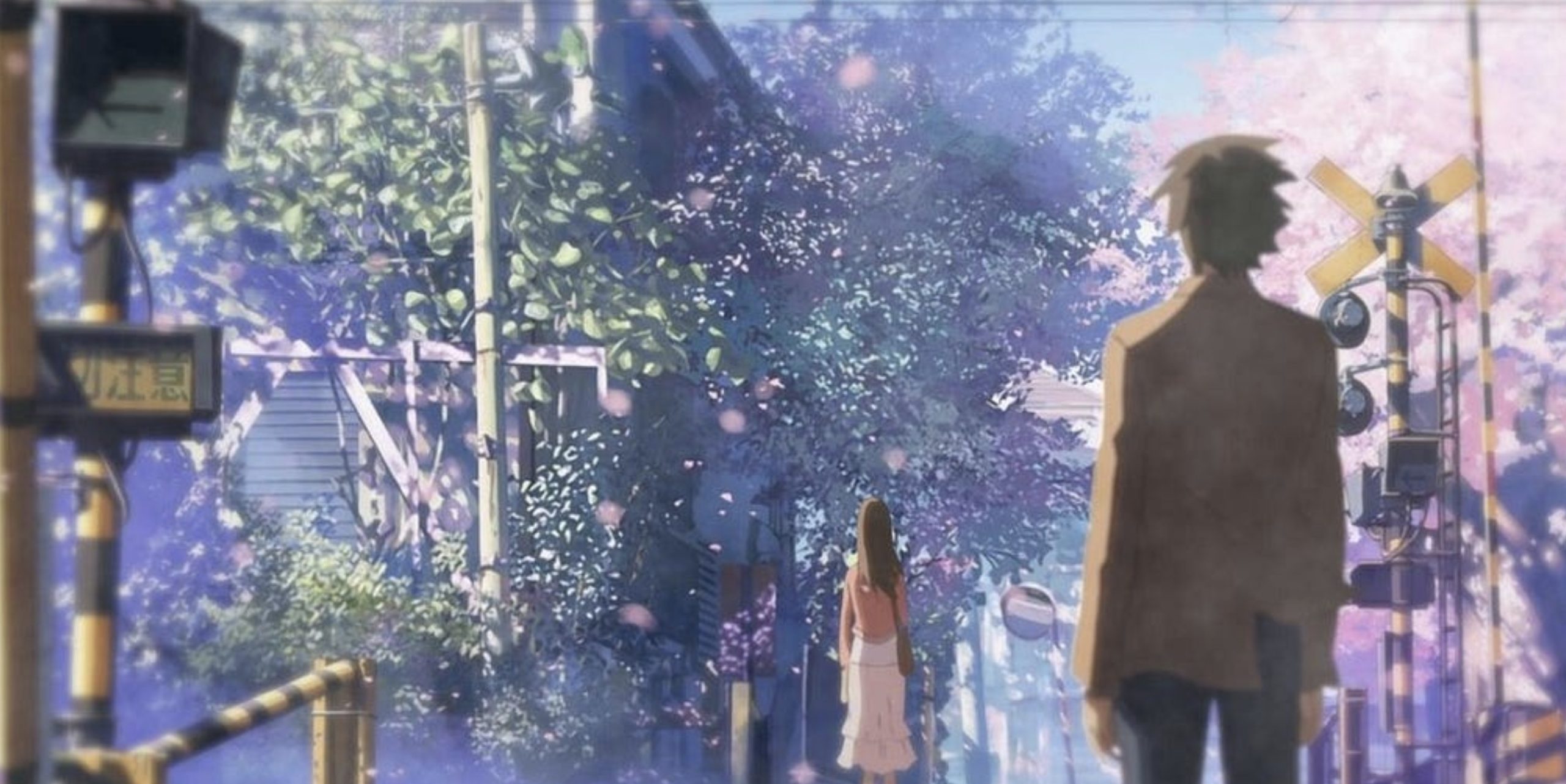
Across each segment, viewers witness Takaki grappling with the complexities of human connection, as love intertwines with the passage of time. From fleeting encounters and unspoken feelings to the bittersweet ache of separation, the film masterfully captures the essence of longing and the inevitability of change.
As Takaki explores the ebbs and flows of his relationships, viewers are granted intimate peeks into his innermost thoughts and emotions. Through moments of introspection and self-reflection, Takaki comes to confront the profound impact of his experiences, shaping the person he becomes as adulthood beckons.
4. My Teen Romantic Comedy – SNAFU
At the heart of the romantic comedy anime, My Teen Romantic Comedy – SNAFU, lies the story of Hachiman Hikigaya, a high school student steeped in cynicism and isolation.
With a skewed perspective on life, Hachiman finds himself devoid of meaningful connections, exploring the corridors of high school without friends or relationships to anchor him.
His disdain for modern social norms is laid bare in an essay that mocks the intricacies of human interaction, thrusting him into an unexpected turn of events.
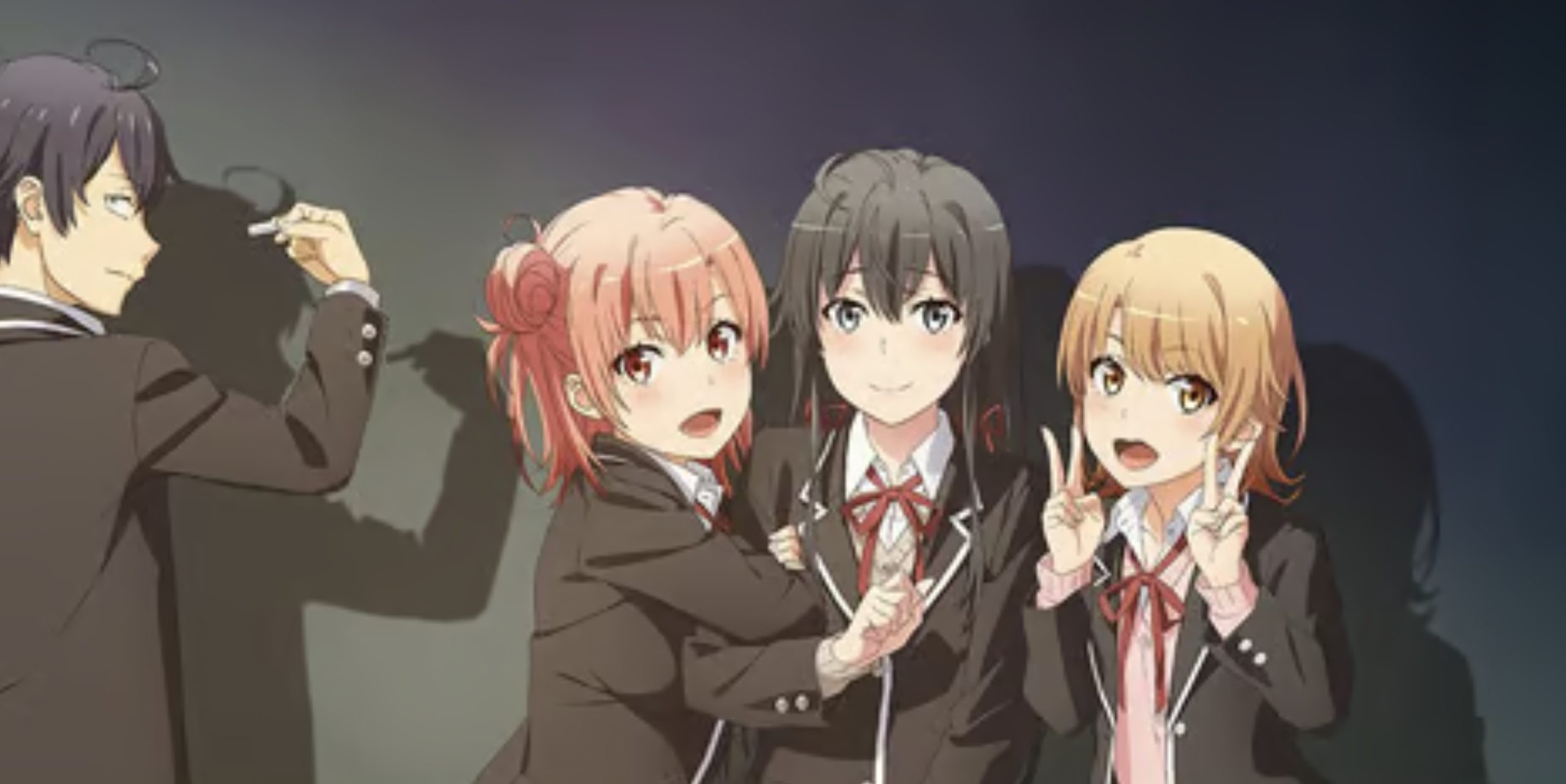
Forced to join a volunteer service club as a form of retribution, Hachiman encounters Yukino Yukinoshita, an amazing figure whose beauty and intellect belie her own struggles with solitude.
Together, they form an unlikely trio alongside the cheerful and effervescent Yui Yuigahama. As they begin their altruistic endeavors, exploring the complexities of teenage life, they find themselves entangled in a web of interpersonal relationships and emotional entanglements.
Throughout the series, My Teen Romantic Comedy – SNAFU deftly explores the lives of its protagonists, shedding light on the issues faced by the individuals they encounter.
From grappling with loneliness and yearning for connection to exploring the treacherous waters of romance and understanding, the trio confronts a myriad of challenges with humor and occasional seriousness.
As the narrative reveals, viewers are treated to a blend of comedic escapades and poignant moments, delving into the depths of teenage angst and the quest for self-discovery.
Through their interactions with one another and the students they assist, Hachiman, Yukino, and Yui begin on a journey of personal growth and mutual understanding, forging bonds that defy the constraints of social norms.
3. Serial Experiments Lain
In the atmospheric suburban Japan in the 1990s, Serial Experiments Lain casts a mesmerizing spotlight on the figure of Lain Iwakura—a reserved and introspective young girl whose life takes a profound turn following a fateful email from a classmate who has taken their own life.
With the arrival of this mysterious message, Lain begins on a journey into the depths of the Wired—a sprawling virtual network that blurs the boundaries between reality and illusion.
As she goes deeper into this digital world, strange phenomena begin to be revealed, intertwining the events of the physical world with the ethereal the Wired. In the midst of this convergence, Lain grapples with existential questions and struggles to discern what is real and what is merely a product of the digital domain.
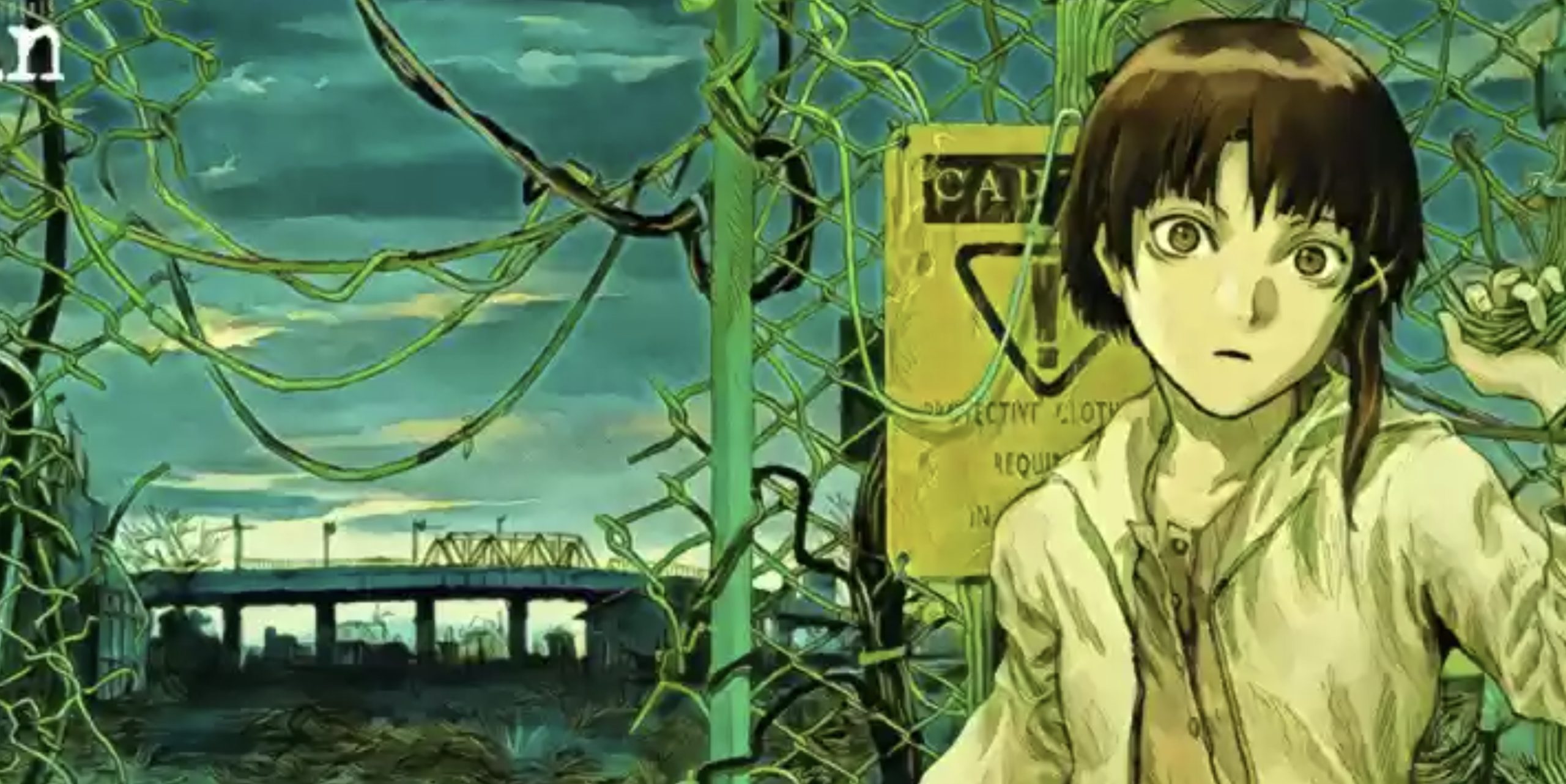
Serial Experiments Lain serves as an amazing exploration of humanity’s relationship with technology and the profound impact of the internet on modern society.
Through its thought-provoking narrative, the series goes into the complexities of identity, consciousness, and the blurred lines between the physical and digital worlds.
At its core, Serial Experiments Lain challenges viewers to confront the existential dilemmas posed by the influence of technology in our lives.
As Lain explores the labyrinthine corridors of the Wired, she confronts the shadowy undercurrents of human nature and grapples with the forces that shape our perceptions of reality.
2. Hyouka
In the corridors of Kamiyama Senior High School, the figure of Houtarou Oreki looms large—a high school student who adheres steadfastly to his principle of energy conservation, eschewing unnecessary tasks and embracing efficiency above all else.
However, his tranquil existence is upended when his sister coerces him into joining the school’s Classics Club, thrusting him into intrigue and camaraderie.
Within the confines of the Classics Club, Houtarou encounters a diverse cast of characters, including the inquisitive and vivacious Eru Chitanda. With her insatiable curiosity and boundless enthusiasm, Eru serves as an amazing foil to Houtarou’s reserved demeanor, igniting a spark of excitement in his otherwise mundane existence.
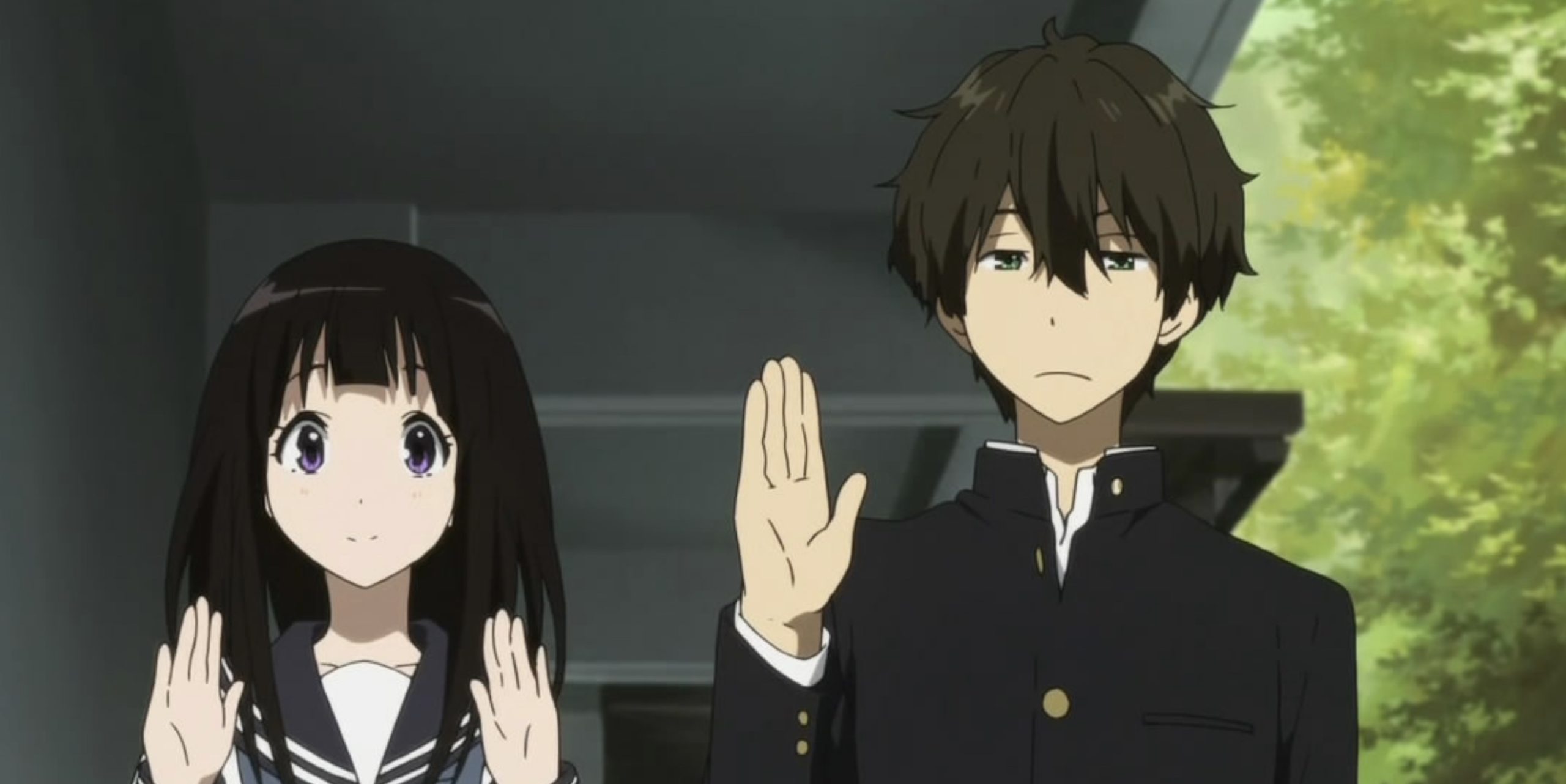
Together with their fellow club members, they begin on a series of adventures, delving into mysteries both mundane and profound.
At the heart of Hyouka lies the enduring theme of friendship and understanding, as the young protagonists explore the complexities of adolescence and the mysteries that lie beneath the surface of everyday life. Through their interactions and shared experiences, they forge deep bonds and uncover the hidden truths that shape their world.
As Houtarou and Eru unravel the that cross their path, viewers are treated to an amazing exploration of human nature and the power of interpersonal dynamics.
From unraveling the origins of their club’s anthology, “Hyouka,” to solving seemingly trivial problems that pique Eru’s curiosity, each mystery serves as a stepping stone on their journey of self-discovery and mutual understanding.
1. My Little Monster
In the vibrant halls of high school, My Little Monster reveals the amazing tale of Mizutani Shizuku and Haru Yoshida—a duo whose unlikely relationship defies the odds.
Mizutani, cold and solitary following the trials of her middle school years, finds herself drawn into the whirlwind Haru, an impulsive and boisterous soul prone to constant altercations.
Their fateful encounter occurs when Mizutani, tasked with delivering class notes to the absent Haru, finds herself thrust into his tumultuous orbit. In a moment of unbridled candor, Haru confesses his love for Mizutani, sparking the flames of an improbable friendship between two souls worlds apart.
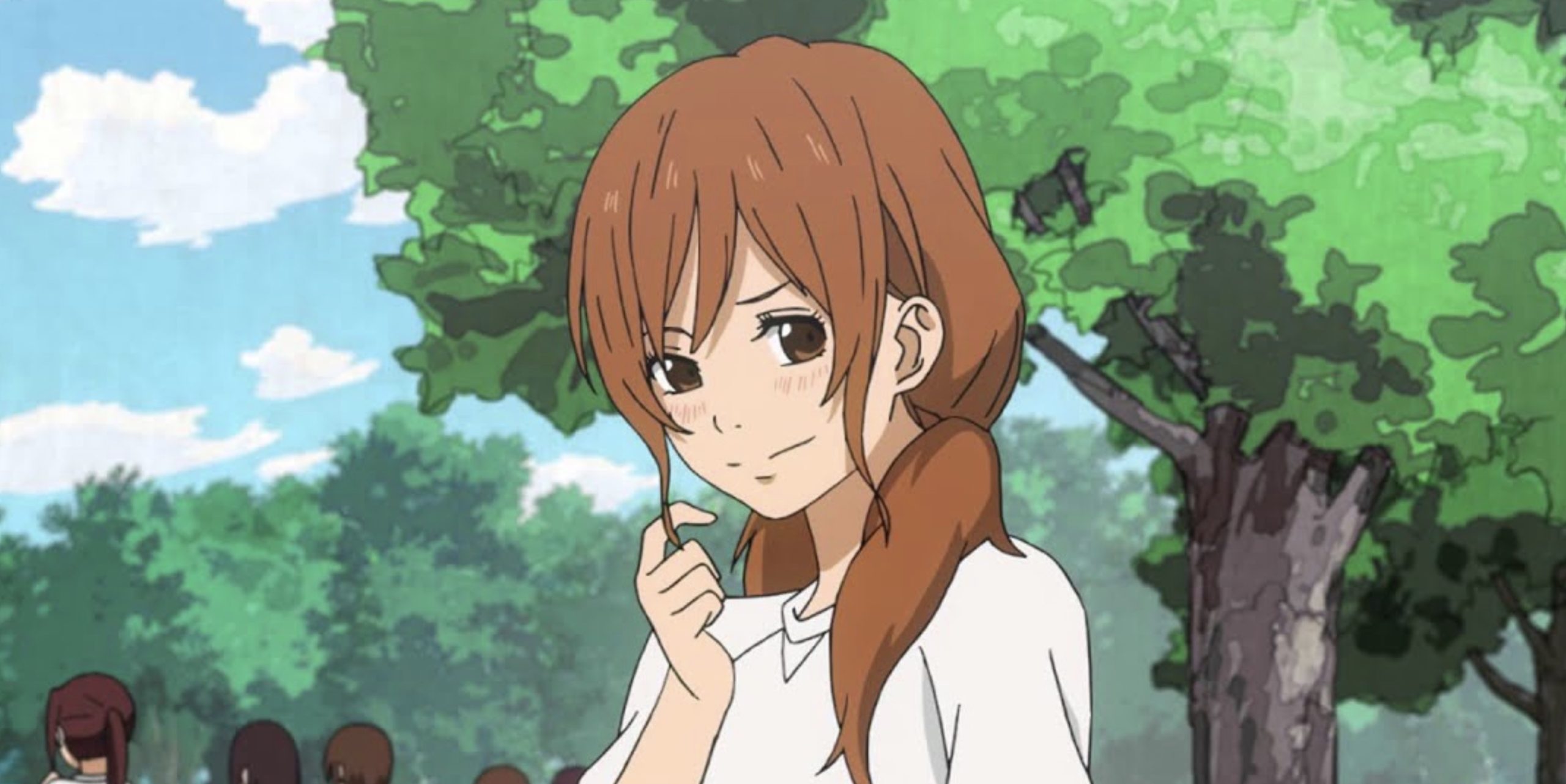
As Mizutani and Haru explore the tumultuous waters of adolescence, they grapple with the challenges of relating to others and, at times, even to each other. Despite their stark differences in personality, their bond deepens as they confront the complexities of friendship, love, and self-discovery.
My Little Monster offers viewers a poignant journey through the nuances of human connection, exploring themes of isolation, friendship, and the transformative power of love.
Through the lens of Mizutani and Haru’s evolving relationship, the series showcases the profound impact of understanding and empathy in bridging the divide between hearts.
As the story reveals, viewers are treated to moments of laughter, tears, and heartfelt revelations, as Mizutani and Haru begin on a journey of mutual growth and acceptance.
Along the way, they confront their inner demons and emerge stronger, their characters enriched by the bonds they forge and the challenges they overcome.
Honorable Mention
As usual, we will add a manga in the honorable mention section for the legendary audiences.
Kare no Shiranai Himitsu o Irete
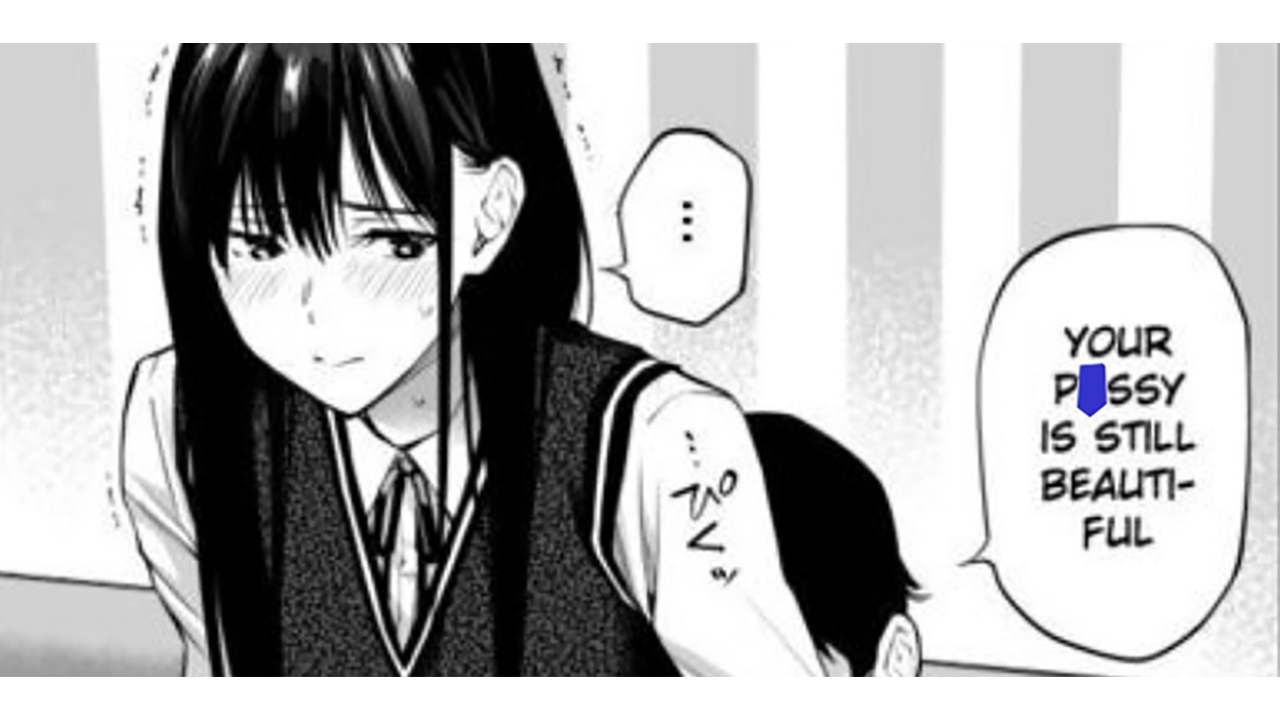
My Landlady Noona
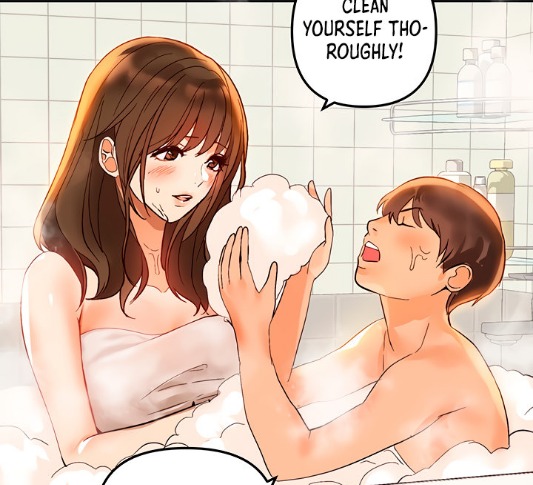
Hello My Pretty Baby 3
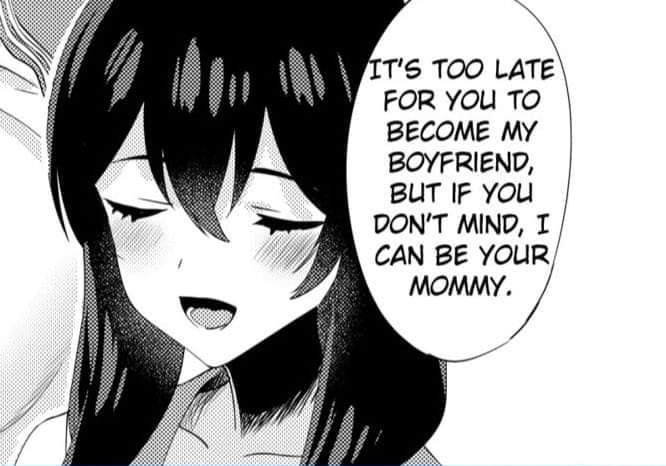
Sauce: HFox | 95752
Maso Mesu Soap e Youkoso! [Chin]

Sauce: Kanojo wa Dare to demo | Hanime
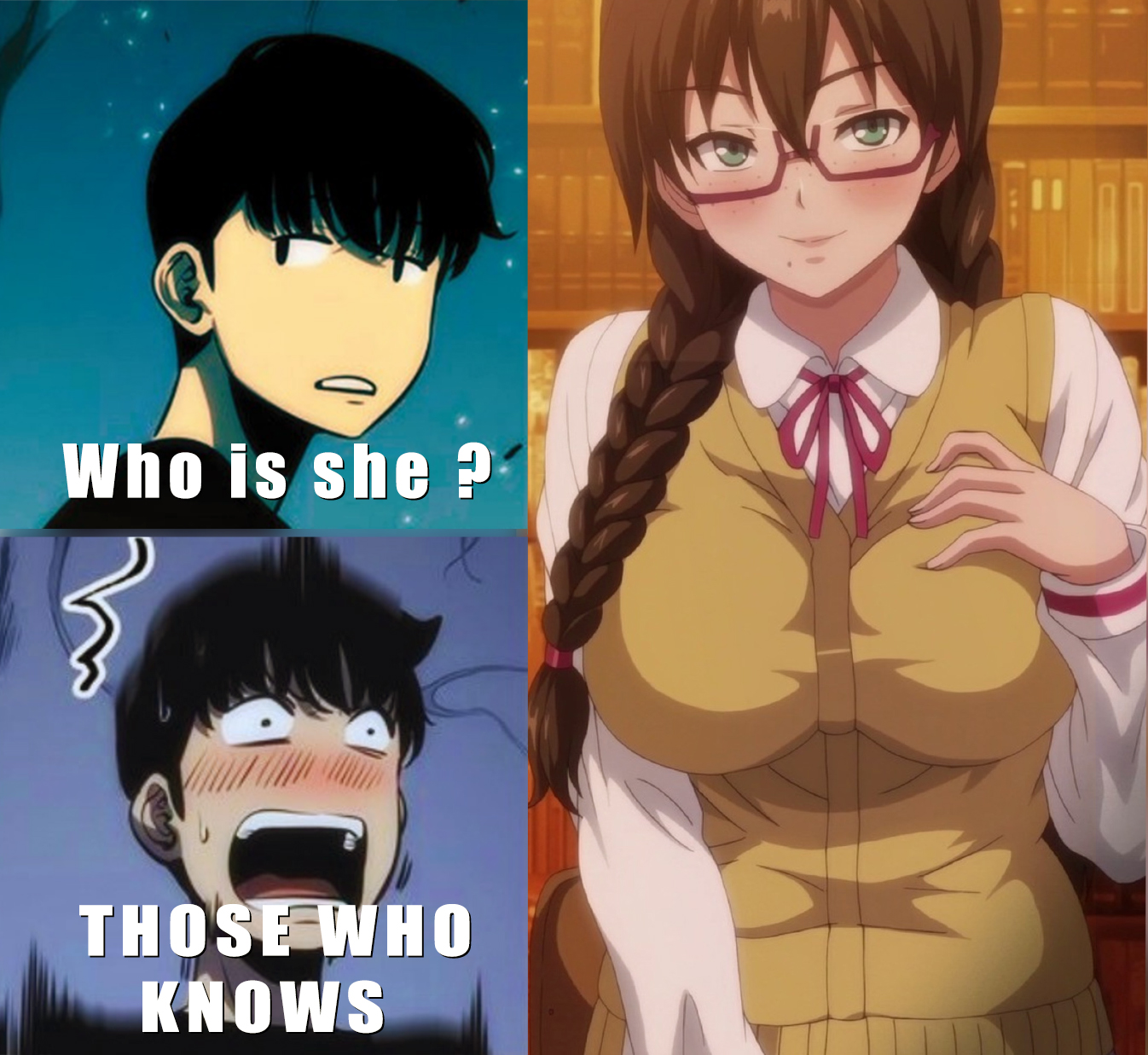
Secret Recipe 2-shiname (Shokugeki no Soma)
InCha Bishoujo wa, Tannin ni Okasarete mo Ikimakuru



